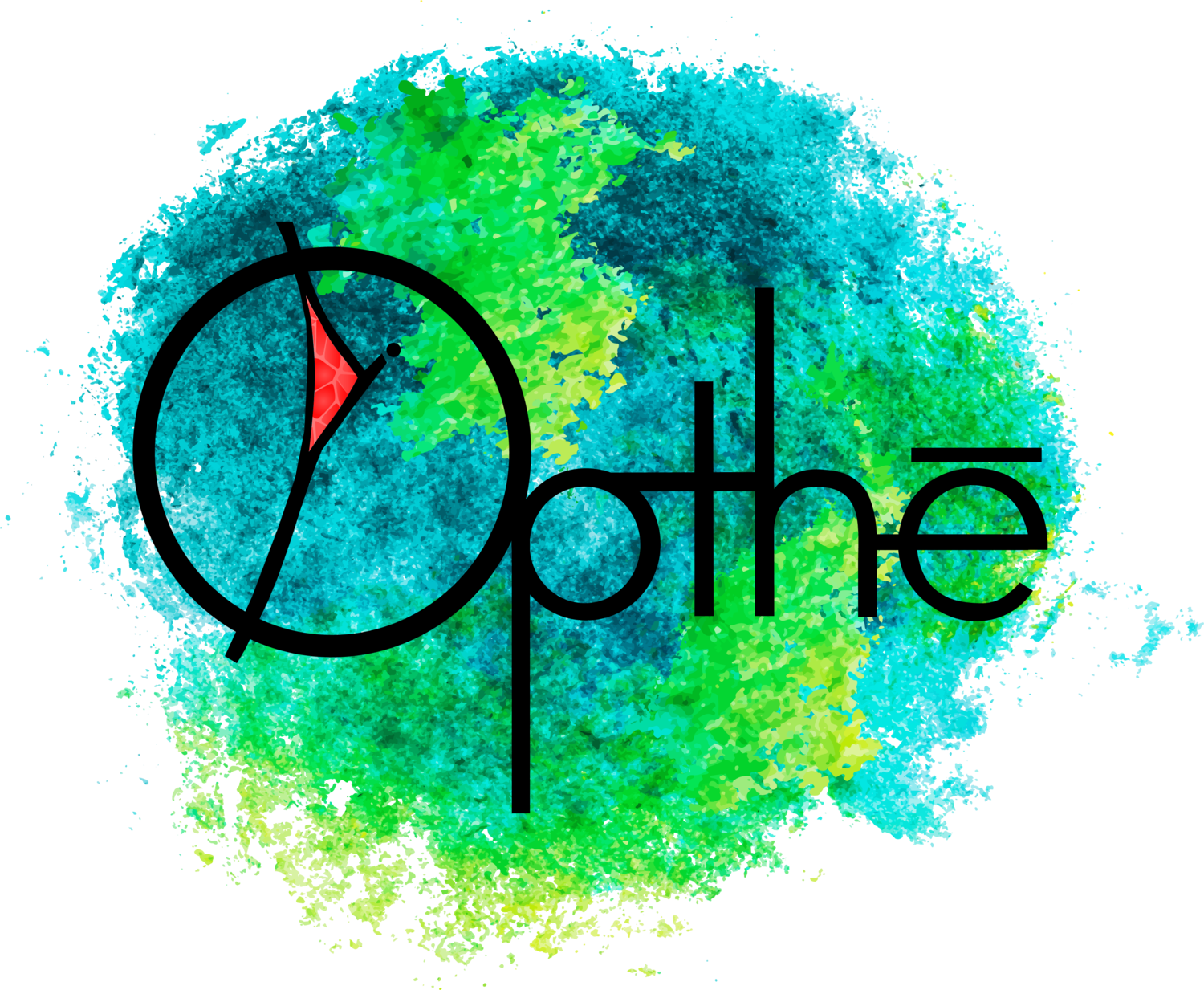In the vast cosmic theater, billions of years ago, our small solar system took form in a nebulous cloud. The sun, our celestial furnace, ignited, casting its nurturing warmth upon the Earth, setting the stage for the grand drama of life. This primordial energy, the very essence of creation, sowed the seeds of agape—a testament to the interconnected dance of atoms, molecules, and stardust.
Bathed in radiant solar energy, the atoms, once random, stirred under this celestial influence, their movements no longer arbitrary but guided by the fundamental rhythms of nature. Life, in its simplest form—microbes—began their altruistic ballet. They shared resources, exchanged genetic material, and cooperated for survival. Their selflessness echoed the nascent whispers of agape. As life diversified, so did the echoes of agape. From symbiotic relationships to communal behaviors, nature’s symphony played harmonies of interconnectedness.
As the curtain of evolution rose, social structures emerged. Altruism became a survival strategy. Wolves hunted in packs, bees tended their hive, and primates groomed one another. Agape flowed through these bonds. Our hominid ancestors—Australopithecus, Homo habilis, and beyond—nurtured kin, shared food, and cared for the vulnerable. Agape shaped their communal firesides.
Homo sapiens stepped onto the stage of Earth’s drama. Our brains expanded, and with them, our capacity for empathy. Agape found a home in our neural networks. Early humans formed tribes. They hunted together, raised children collectively, and painted stories on cave walls. Agape fueled their bonds, transcending mere survival.
Across cultures, myths wove tales of gods’ love for humanity. Sacrifices, rituals, and prayers echoed agape—a cosmic embrace of mortal souls. As societies flourished, ethical codes emerged. Compassion, fairness, and kindness became virtues. Agape flowed through Hammurabi’s Code, the Golden Rule, and religious teachings.
Science dissected the cosmos, revealing its intricate workings. Yet, within the equations, scientists glimpsed the beauty of interconnectedness—the same agape that birthed stars. Amid progress, altruism faced challenges. Self-interest, tribalism, and ecological crises strained our bonds. Yet, pockets of agape persisted—humanitarian aid, environmental activism, and random acts of kindness.
Today, we stand at a crossroads. Our narrative unfolds in real-time. Can we amplify agape? Can altruism transcend borders, species, and ideologies? As we craft our narrative, remember that agape and altruism are not mere concepts—they are the heartbeat of our shared story. Whether in ancient myths or modern laboratories, they beckon us toward a more compassionate future.
In the words of Carl Sagan, “We are a way for the cosmos to know itself.” Let us know ourselves through agape.

